Covert cameras capturing drivers on mobile phones to roll out across NSW
Covert cameras capable of detecting drivers using mobile phones 24 hours a day in all weather will roll out across the NSW this year but unlike speed cameras, there will be no warning signs. It follows a trial of that caught 100,000 drivers in six months.

NSW
Don't miss out on the headlines from NSW. Followed categories will be added to My News.
- Party’s over for bikies as cops enforce party boat ban
- ‘Puppy farm, bootleg booze ring’ shut down in Bandidos raid
Portable hi-tech cameras targeting drivers using mobile phones will be rolled out by the end of the year — and you won’t know where they are.
The covert cameras, capable of detecting phone use 24 hours a day and in all weather, will be located in both fixed and portable spots across the state from December. But unlike speed cameras, there won’t be warning signs allowing people time to stop using their phones.
NSW Transport Minister Andrew Constance said he wanted drivers “to think there’s one on every corner”.
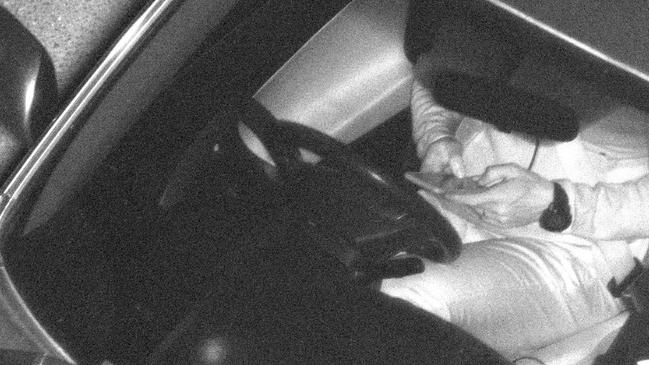
Warning letters will be sent in the first three months, after which fines of $344 and five demerit points will be enforced from March 1. That will rise to 10 points during double demerit periods.
MORE NEWS:
Party’s over for bikies as cops enforce party boat ban
‘Not bad, not bad’: How 9 second video made Mo a star
And there could be further changes to keep drivers on their toes with Mr Constance refusing to rule out removing warning signs for mobile speed cameras across NSW into the future.
“Some states don’t actually put warning signs up so this is a responsibility of everybody. It’s not just highway patrol’s responsibility to change behaviours, it’s not just government’s responsibility – it’s everyone’s,” he said.
“We have to in some cases use the element of surprise to get people to think, well I could get caught at any time so therefore I’ll change my behaviour.”
“No, I wouldn’t rule that out into the future.”
To allay privacy concerns Mr Constance said the camera system, developed by Australian company Acusensus, deletes most images of drivers doing the right thing within an hour.
Overall, up to 99 per cent of images will be binned within 48 hours and humans will only ever see pictures that the technology deems as likely to show an offence.
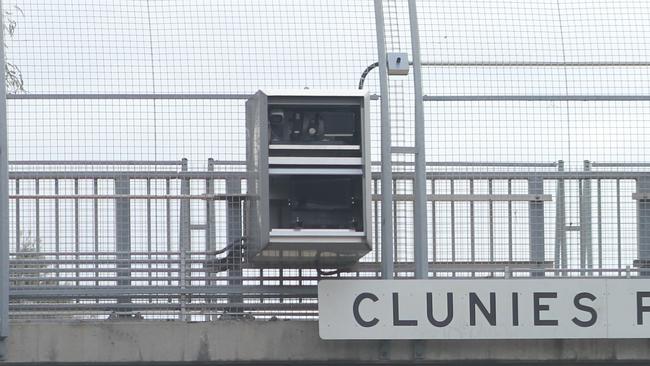
A six-month trial of the technology in Sydney involving one portable and two fixed cameras snapped more than 100,000 drivers on their devices, equivalent of about $34.5 million in fines.
Over the next three years, the state government will introduce 45 of the world-first cameras, which use artificial intelligence.
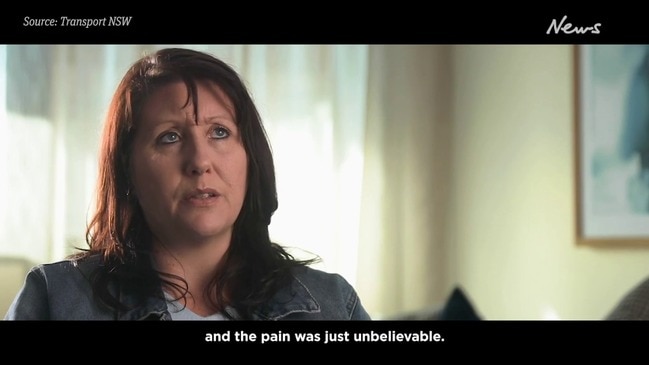
Mr Constance made no apologies for the crackdown, saying he didn’t “give a stuff” about critics calling it a cash grab.
“If you get busted, bad luck,” he said.
“You shouldn’t be on your phone and if you have to pay a fine, bad luck.
“I don’t give a stuff about the critics in relation to revenue raising because people won’t have to pay the fine if they do the right thing.
“We put every dollar back into the Community Road Safety Fund.”
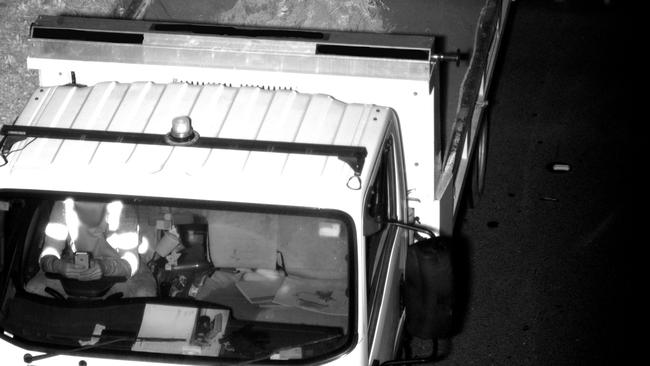
NRMA spokesman Peter Khoury said while the public supported the cameras, they also wanted to know where they will be located.
“The NRMA fought for these cameras but they must come with warning signs in the same way every other camera on our roads has,” Mr Khoury said.
“These cameras must be about getting people to put down their phones, not taking away licences.”
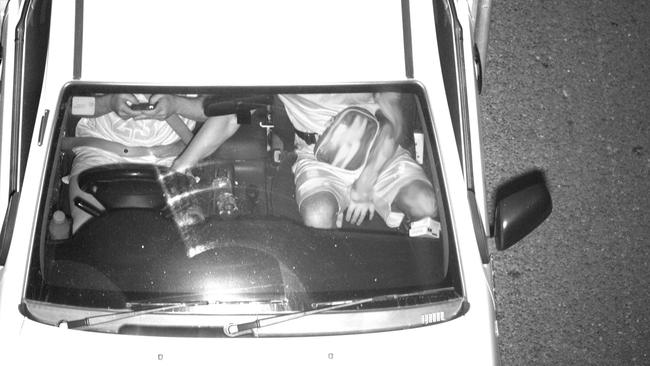
During the pilot from January to June, 8.5 million cars were checked by three cameras, catching 1.2 per cent of drivers on their phones.
Even the highest-earning speed cameras detect under 0.5 per cent of motorists breaking the law.
“Ultimately we are making this fair by allowing people to use cradles and Bluetooth,” Mr Constance said.
“We’re still allowing people to pass a phone to another passenger.”
Between 2012-18, there were 158 crashes involving motorists on their mobiles, causing 12 deaths and 212 injuries.
DON’T TEXT AND DRIVE
Mourning mother Vicki Richardson doesn’t want another family to suffer the heartache she has endured for the past seven years.
Her daughter Brooke, 20, was killed in a car crash in 2012 as she texted a client while driving to work.
“All of her friends are starting to get married and have kids — that’s really difficult,” Ms Richardson said.
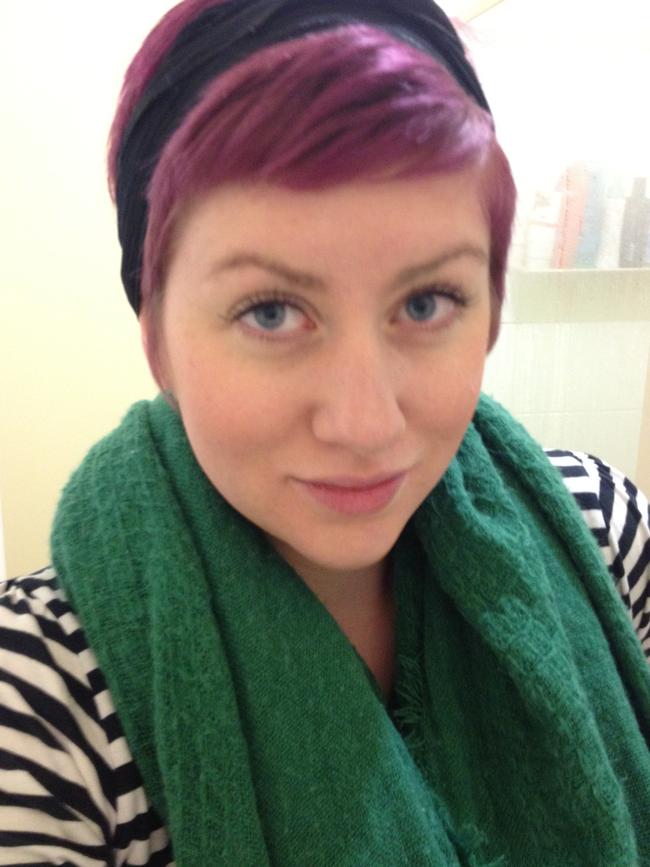
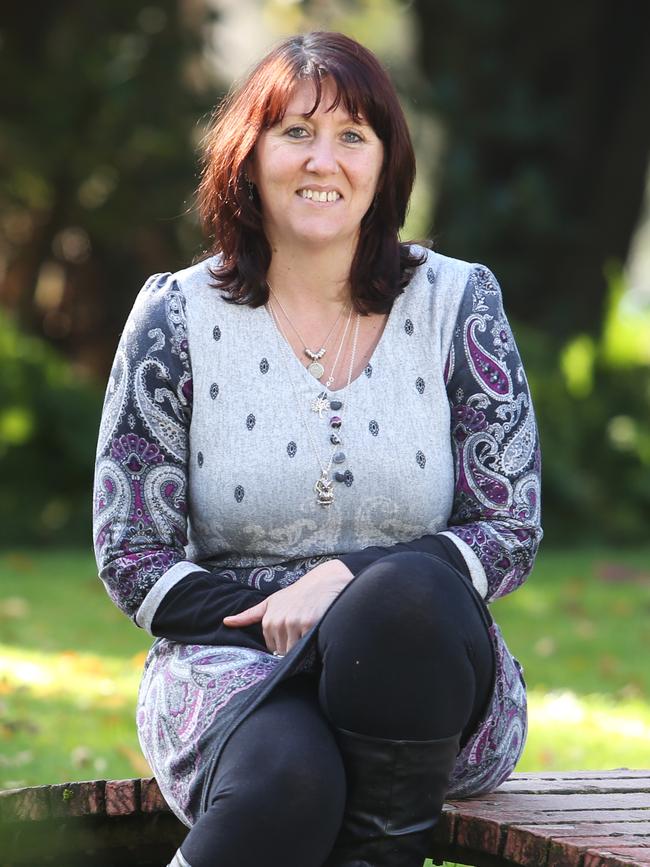
“I’ll see them and I try to be happy for them but then, you know, we don’t get to do that.”
Ms Richardson, who founded the Don’t Text And Drive Foundation, said new hi-tech cameras were needed to end mobile phone use by drivers.
“We need to do something and at the moment, it just seems like things are going bad,” she said.
“I think we have to make it a stigma, like drink driving.”
